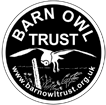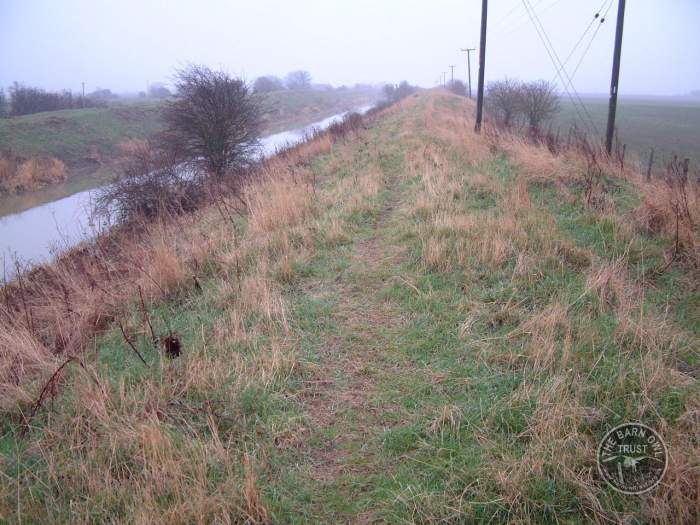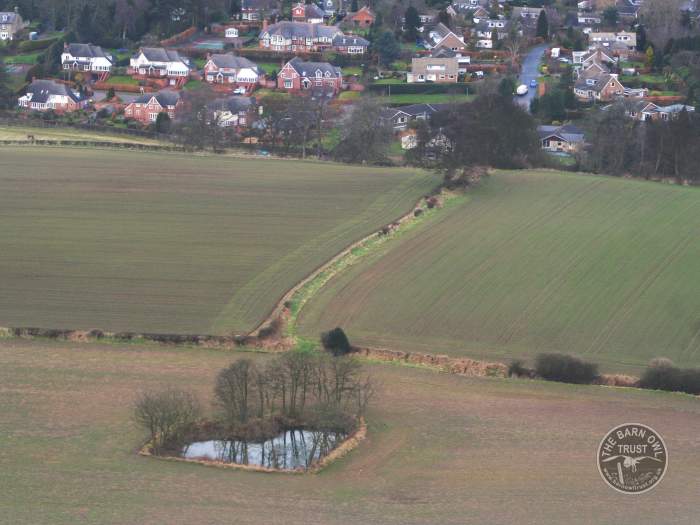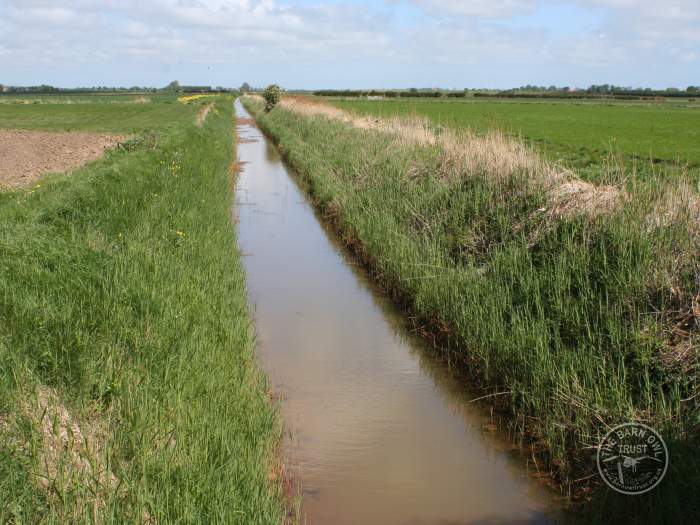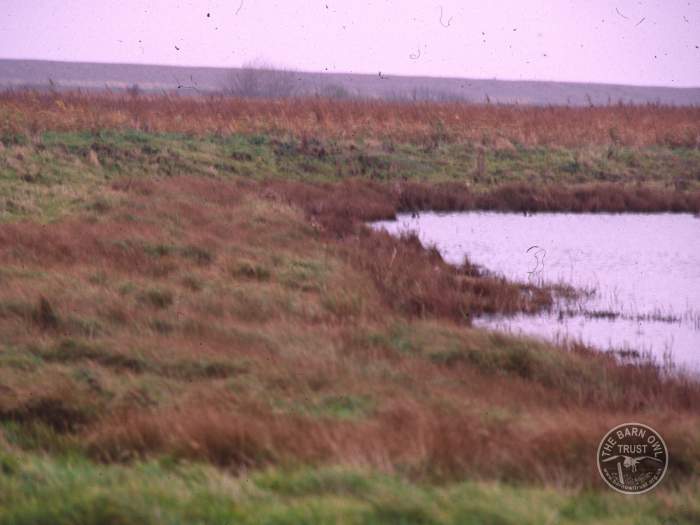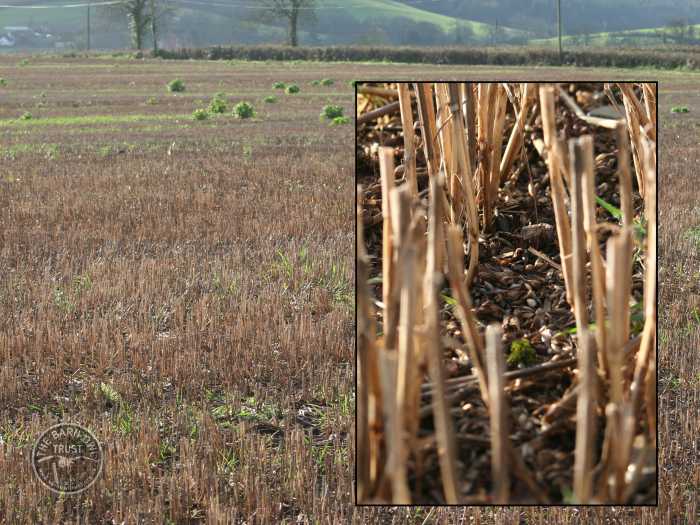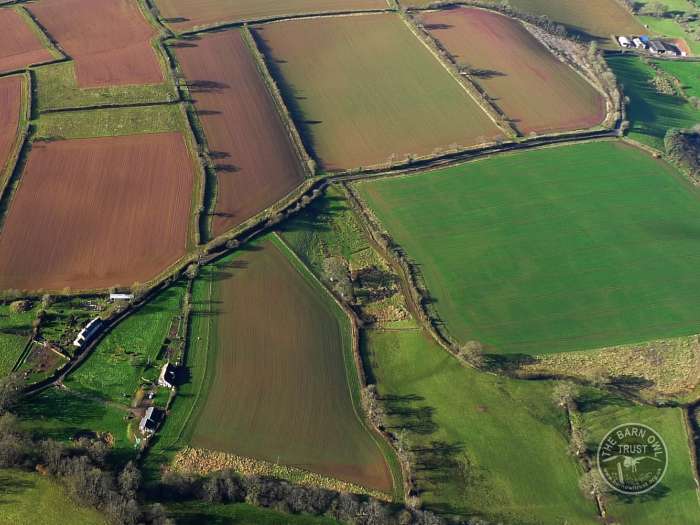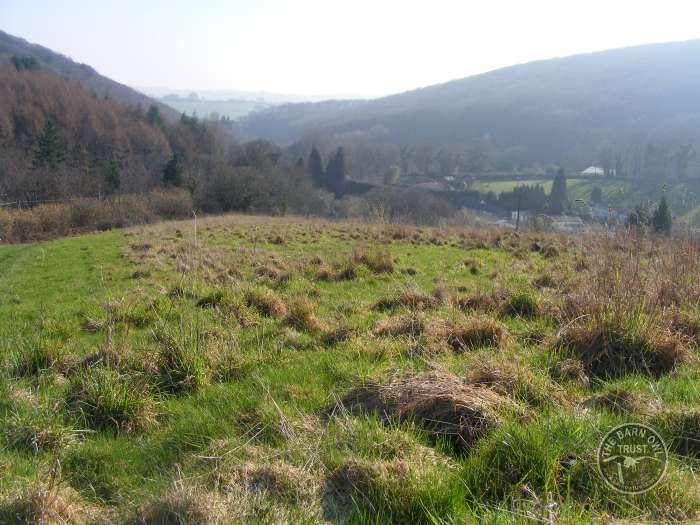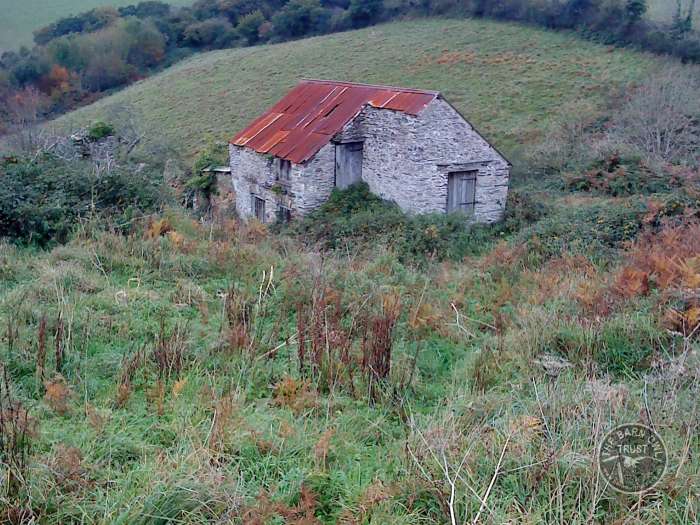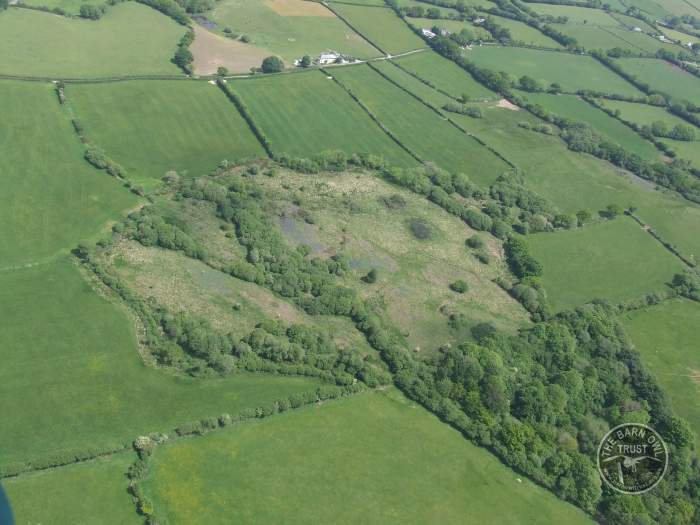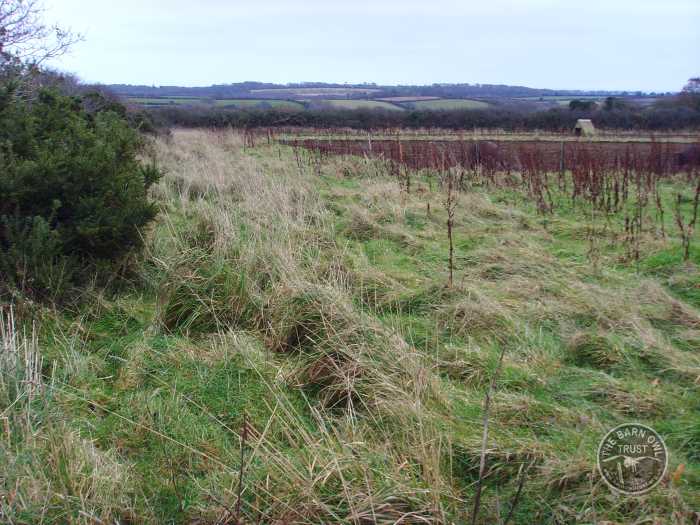Good Barn Owl habitat
The best foraging habitat for Barn Owls is rough grassland – a thick, matted, tussocky mix of native grass species with lots of Field Voles and other small mammals. This gallery shows some examples of really good rough grassland – great for Barn Owls and lots of other wildlife.
Rough grassland along the Forty Foot Drain in Lincolnshire
Rough grass in a small Devon orchard
Rough grass pond and field margins in Somerset
Rough grass ditch banks in East Yorkshire
Superb rough grassland at Cley in Norfolk
When designing a tree plantation, leave strips unplanted like this
Commercial forestry plantations are good for about the first 5-7 years
Alternate strip ‘topping’ in late summer is a useful management technique
The earth ‘bund’ between the field and the reeds is good rough grassland
Vole holes can reach an average of 2 per sq. metre where there is a litter-layer >7cm deep
Young deciduous plantations are good for the first 7-10 years
Stubble fields in winter with waste grain are great for mice and Barn Owls
Arable farming with patches or strips of rough grass is the best type of farmland for Barn Owls
A rough grass field margin in Shropshire
Part of the Barn Owl Trust’s own Nature Reserve (the LLP)
Although it can, the rough grass does not need to go right up to the nest/roost site
For a short while, this is great mouse habitat! © Derek Harper – Creative Commons Licence
Isolated patches of rough grass are just as important as linear strips
Open habitats around pig pens reduce the need for rodenticide use
With a good 70mm litter layer, rough grassland can contain up to 400 Field Voles per hectare!
